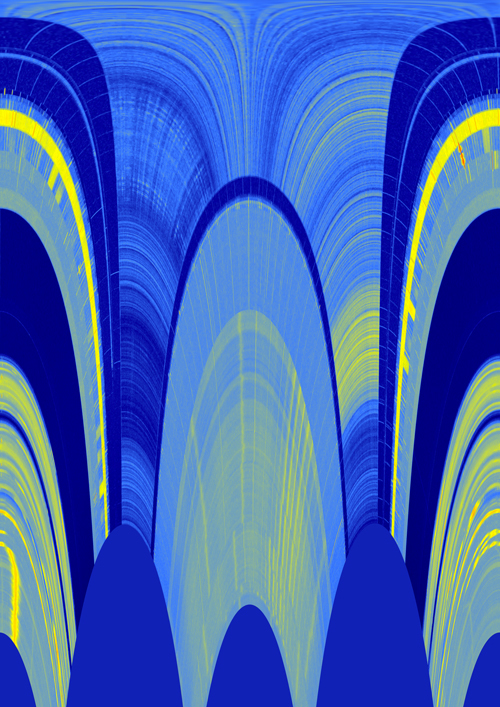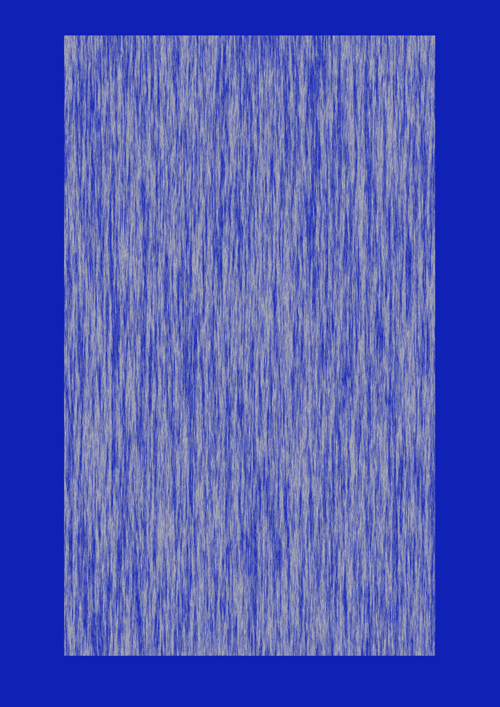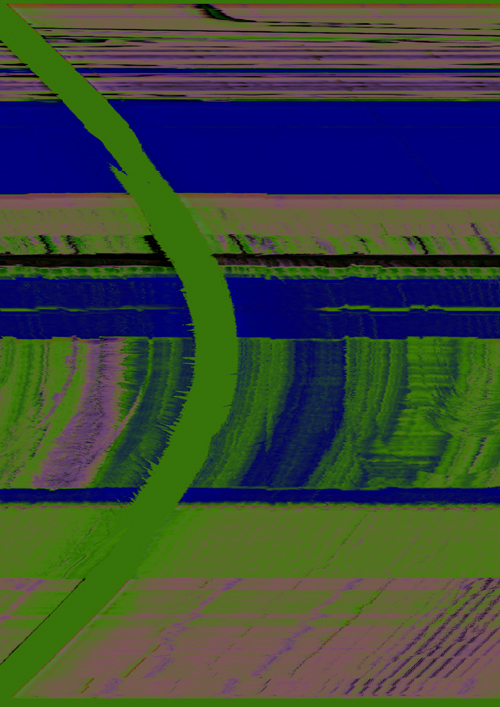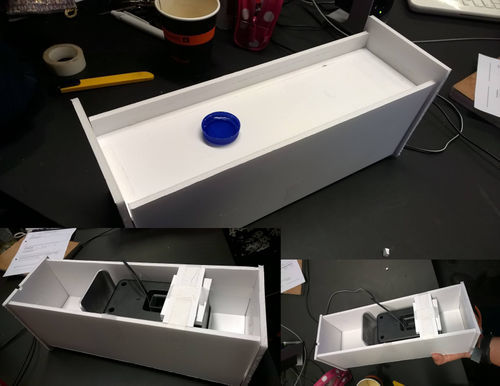Difference between revisions of "User:Naomimaria"
Naomimaria (talk | contribs) |
Naomimaria (talk | contribs) |
||
| Line 38: | Line 38: | ||
= Imaginary Radio = | = Imaginary Radio = | ||
| − | I worked with Jerry Estié on this assignment. We started out discussing radio and really wanted to something with transferring information in another way. For inspiration we decided to look into the past instead of into the future and looked up a database of sci-fi devices in books from the 40s to the 70s. We used the site [http://www.technovelgy.com/ Technovelgy] for this. We found a project that was talking about which was about animated symbols to help those who haven't bothered to learn to read in a multimedia age. (From The Diamond Age, by Neal Stephenson. Published by Bantam Books in 1995) We decided to take this what once was a sciencefiction project to this new era. Now a days when you scroll to facebook, newspapers, newspapers on the web, we mainly look at images and small headlines, so we don't have to read too much. When I scroll to facebook I don't read anything anymore I just scroll and see pictures with a small text. So we want to critical look at this aspect and use gifs as news headlines. We started out with The New York times and decided to try to do an whole article. | + | I worked with Jerry Estié on this assignment. We started out discussing radio and really wanted to something with transferring information in another way. For inspiration we decided to look into the past instead of into the future and looked up a database of sci-fi devices in books from the 40s to the 70s. We used the site [http://www.technovelgy.com/ Technovelgy] for this. We found a project that was talking about which was about animated symbols to help those who haven't bothered to learn to read in a multimedia age. (From The Diamond Age, by Neal Stephenson. Published by Bantam Books in 1995). The word "mediaglyphic" just means a glyph (a symbol that imparts information nonverbally) created or seen in commercial media. The root word for media means middle; the media stands between us and the events or things it covers. We decided to take this what once was a sciencefiction project to this new era. Now a days when you scroll to facebook, newspapers, newspapers on the web, we mainly look at images and small headlines, so we don't have to read too much. When I scroll to facebook I don't read anything anymore I just scroll and see pictures with a small text. So we want to critical look at this aspect and use gifs as news headlines. We started out with The New York times and decided to try to do an whole article. |
Revision as of 10:27, 4 October 2016
Contents
Naomi van Maasakkers 0891744
Naomi is a graphic designer, she believes in communicating through color, language and experimental type which triggers and challenges the medium.
With these tools she creates new authentic images. Naomi focuses on printed- and web matters.
She is a creator with a strong focus on posters, her advanced skill returns back in her books, visual identities and websites.
Unravel the code V 2016/2017
Week 1 + 2
Inspiration Projects:
What do radio waves look like? Or, perhaps, what do you think they look like? Buzzing, concentric circles radiating outwards from a tower? Or maybe wavy lines undulating along the great expanse, hidden from the human visual range? The fact is they’re invisible, so we can’t see them without the aid of some kind of apparatus, and if light-painted visualizations of WiFi networks are any indication, they’re likely a sight to behold.
Visualization tests:
My week with the RTL SDR, at first I tried to work with the visuals, as I am a graphic designer, I screenshotted a ton of radio waves and limited my self in photoshop to only use their effects to see what the potential is just with radiowaves, without manually changing everything but making it an automatic process in photoshop. I think the images that came out are quite interesting. What I can do with them? I don't know but I'm going to reverse the process and put them in to audacity to create sounds with the new waves that came out
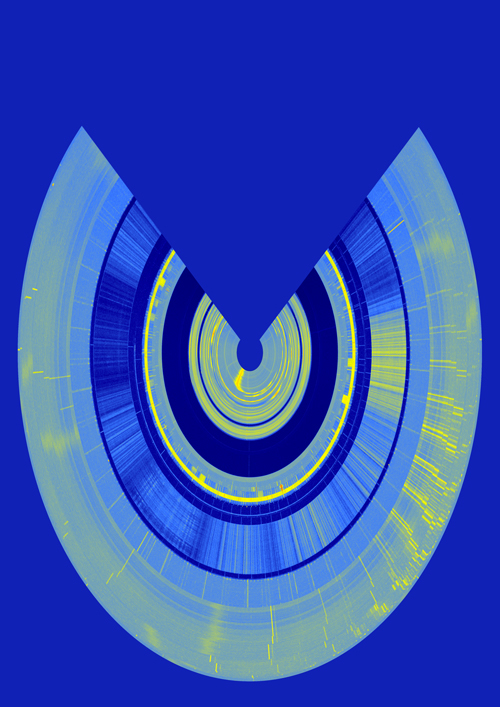
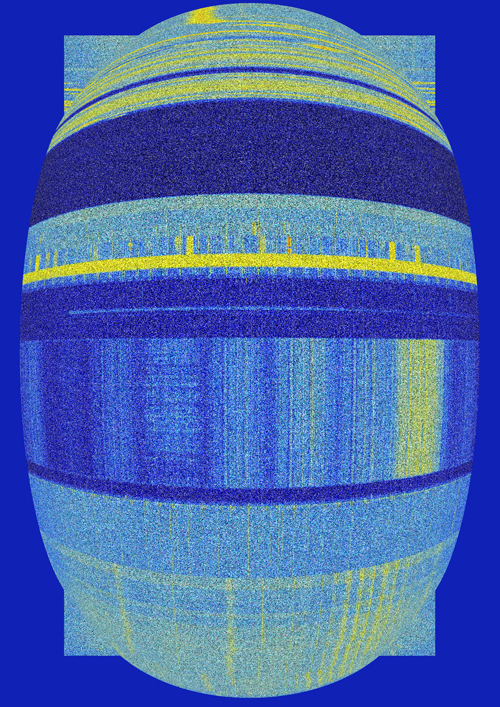
Week 3
Workshop 2
For workshop 2 we got the assignment to work with someone else's project. We got the project to translate "sound" to water waves. We built a box where you could put in a "cap" of water and the vibration of the water will be shown in this cap. We also tried to use very light fabric to create this vibration but this didn't work so we came with the solution to use a small cap because a big capacity of water didn't work with the capacity of the speakers. We experimented with music and with calling someone and using emotions in our voices.
Imaginary Radio
I worked with Jerry Estié on this assignment. We started out discussing radio and really wanted to something with transferring information in another way. For inspiration we decided to look into the past instead of into the future and looked up a database of sci-fi devices in books from the 40s to the 70s. We used the site Technovelgy for this. We found a project that was talking about which was about animated symbols to help those who haven't bothered to learn to read in a multimedia age. (From The Diamond Age, by Neal Stephenson. Published by Bantam Books in 1995). The word "mediaglyphic" just means a glyph (a symbol that imparts information nonverbally) created or seen in commercial media. The root word for media means middle; the media stands between us and the events or things it covers. We decided to take this what once was a sciencefiction project to this new era. Now a days when you scroll to facebook, newspapers, newspapers on the web, we mainly look at images and small headlines, so we don't have to read too much. When I scroll to facebook I don't read anything anymore I just scroll and see pictures with a small text. So we want to critical look at this aspect and use gifs as news headlines. We started out with The New York times and decided to try to do an whole article.

